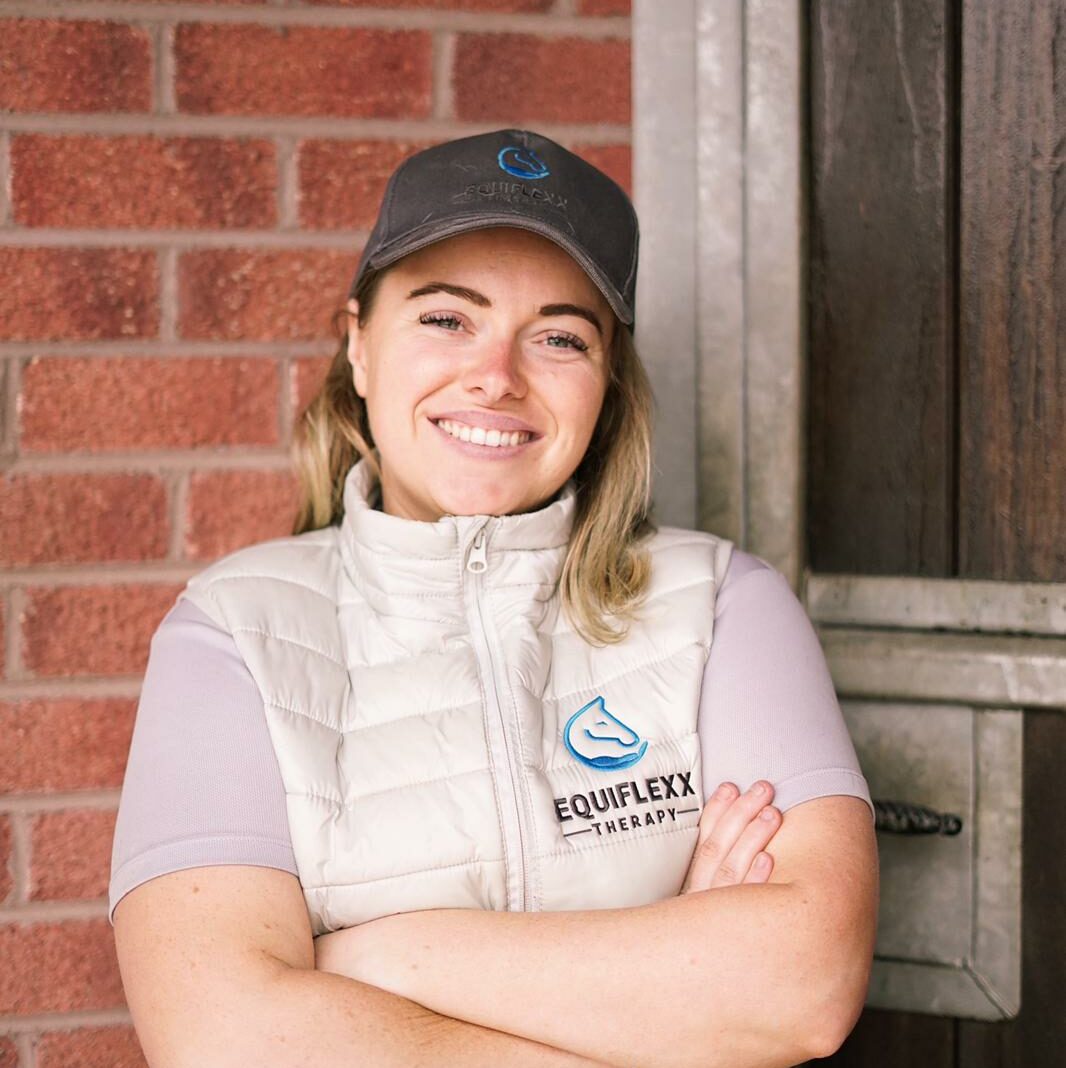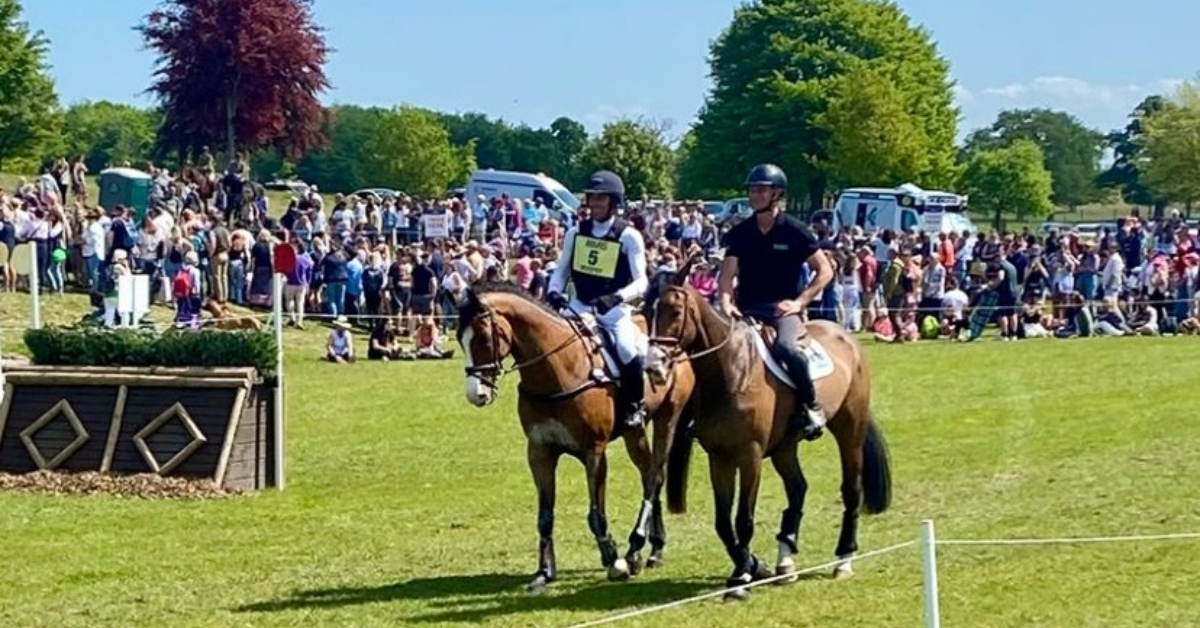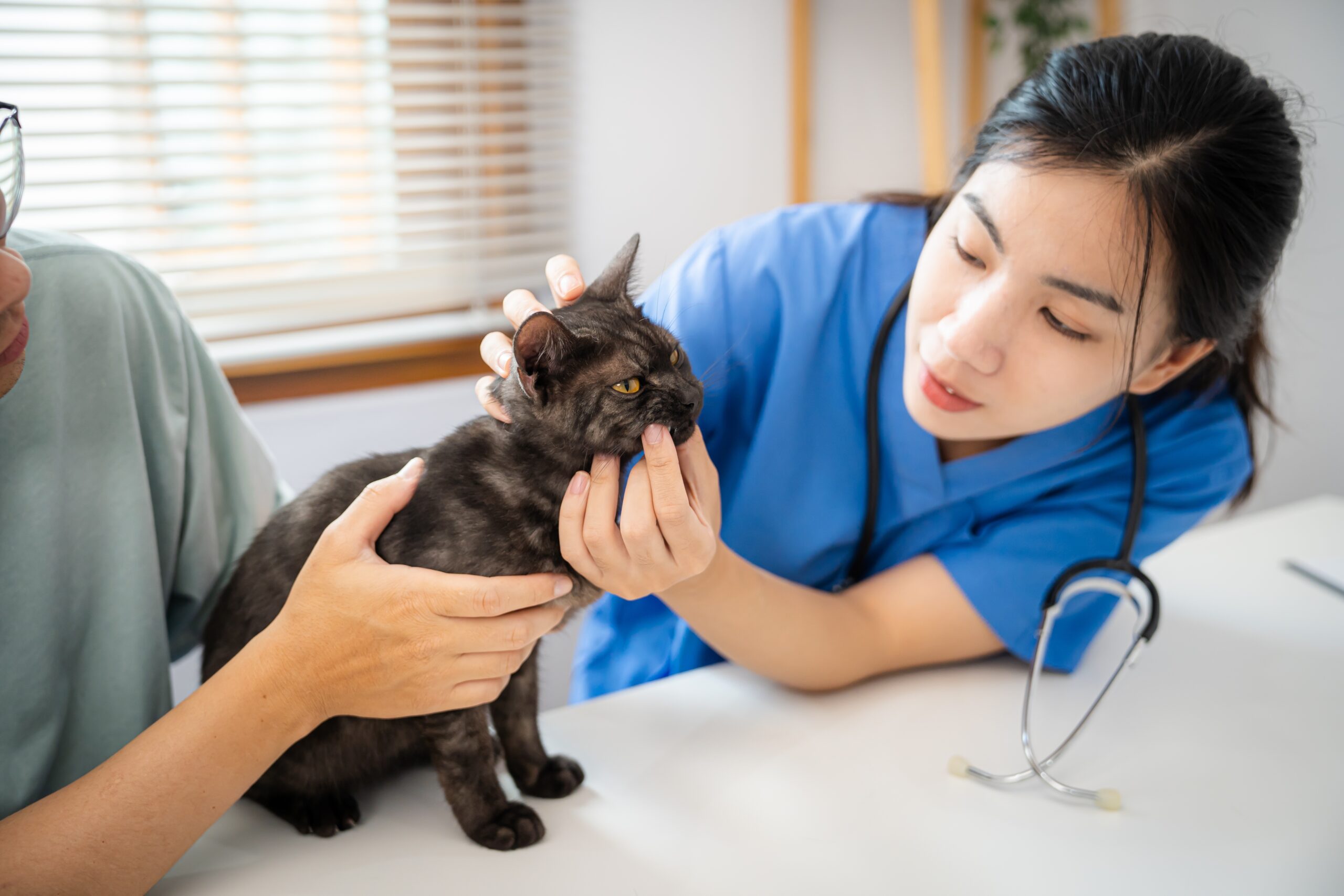The other day I was treating a very cute, 13.2 coloured pony called Milly. The child was holding her pony while I carried out the treatment. Amongst our conversations, the girl said “my mum calls you the back lady, I saw it on her phone”. My natural reaction was to laugh. First of all, I couldn’t believe that someone called me a lady let alone “the back lady”. I couldn’t believe that I am now “the back lady” after years of looking up to “the back man” when I was a child, I was now one of those people.
“The back man” was the term I used when I was younger and I am sure many others too. I did not know who the back man was, what he did or really understand what he was doing to my horse. He would do some “clicky clicky” stuff to my mare and would say things like “her hip is out” or “her back is very sore”. After 40 minutes or so, he wouldn’t say much more than that and then charge me €80 for the pleasure. The reason I used this man to treat my mare was because he had been coming to that particular yard for many years and had a relationship with the yard owners so I thought “he must be good, right?”
Hindsight is a fine thing. If I knew what I know now I probably would have never let him touch my horse. He trained as a Human practitioner over 30 years ago and then decided to try his hand at Equine Therapy with no formal training or true understanding of the Equine Anatomy. If you walked into a Doctor’s office for a procedure and the Doctor said, “I am trained in a totally different field, but I’ll give it a go” you would be out the door in a flash! Why should it be different for horses?
Unfortunately, this is still a reality today. I believe the main reason for this is because there is no regulatory board or governing body that recognises Equine Practitioners in Ireland. Therefore, anyone can watch a couple of Youtube videos or read some articles on Equine Therapy and then go out and charge for their services with no repercussions!
In my opinion, as an Equine Massage Therapist, the customer can expect the following from a Qualified Equine Practitioner –
Just because you or your friends have been using a particular ‘Back man’ for many years does not mean they are the best or even qualified!
Do your research and ASK THE QUESTIONS – “Are you qualified and insured?”


Share
Your subscription is 100% Free for our first year, No credit card details required.

The Judging Concerns That Keep Coming Back — And Why They Can’t Be Ignored Anymore We didn’t make it to

There are few sporting events that live up to the hype. Wimbledon? Too many strawberries. Cheltenham? Too many suits. But

British Veterinary Association publishes full response to Competition and Markets Authority’s proposed remedies for veterinary market for household pets. The